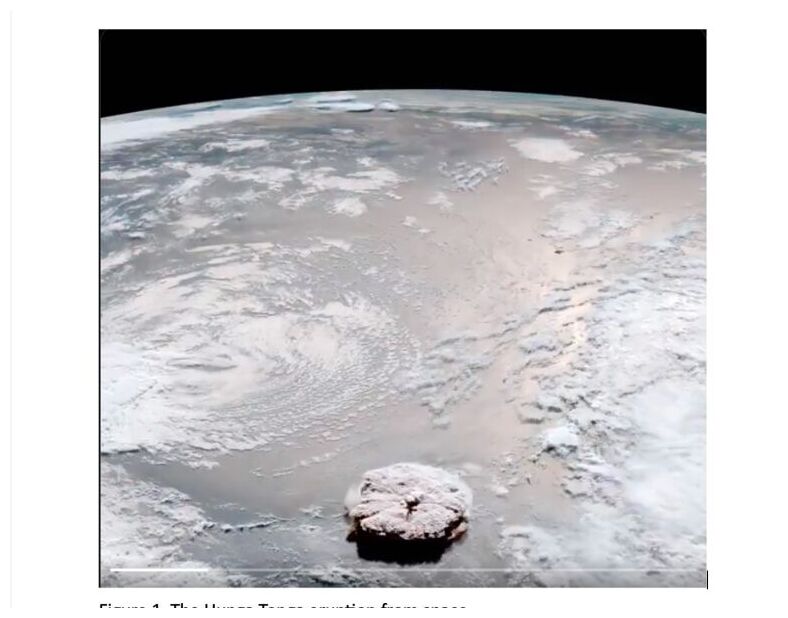
© judithcurry.comFigure 1. The Hunga Tonga eruption from space.
The climate events of 2022-24 have been were truly extraordinary. From an unlikely undersea volcanic eruption to the warmest year on record to the collapse of the polar vortex after
three sudden stratospheric warming events. This rare convergence presents a unique learning opportunity for climatologists and climate aficionados alike, offering insights into a climate event that may not be repeated for hundreds or even thousands of years.
1. January 2022, the unlikely volcanoNever before have we witnessed an undersea volcanic eruption with a plume capable of reaching the stratosphere and depositing a large amount of vaporized water. This extraordinary event occurred in January 2022 when the Hunga Tonga volcano erupted. The conditions for such an event are rare: the volcano must be deep enough to propel enough water with the plume, but not too deep to prevent it from reaching the stratosphere.
Most undersea volcanoes do not produce plumes at all, which makes Hunga Tonga's eruption all the more remarkable.The Hunga Tonga volcano occupied a unique "sweet spot" at a depth of 150 meters the day before the eruption. In addition, the eruption itself must be exceptionally powerful for water vapor to rise into the stratosphere. The January 2022 eruption of Hunga Tonga was the most powerful in 30 years, since the 1991 eruption of Mt. Pinatubo.
Active undersea volcanoes at the appropriate depth are rare, and the likelihood of one erupting with such intensity is relatively low.
We may be looking at an event that occurs once every few centuries, or maybe even once every millennium. Undoubtedly, it was an exceptionally rare event. While the most powerful eruptions, such as Tambora in 1815, can indeed strongly influence hemispheric weather for a few years, our observations of eruptions such as Agung (1963), El Chichón (1982), and Pinatubo (1991) suggest that their effects dissipate within 3-4 years.
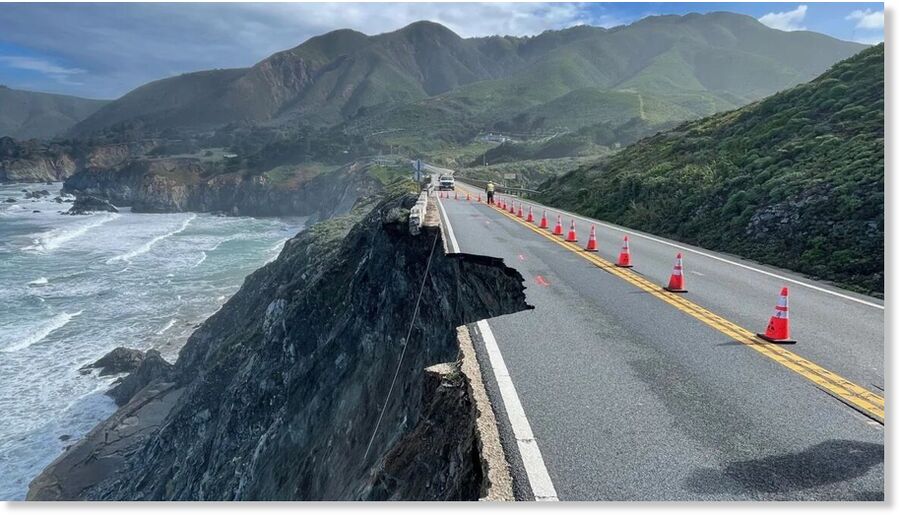
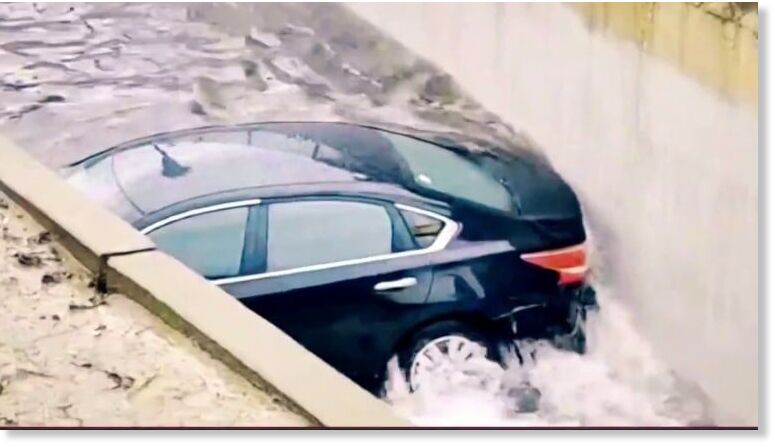
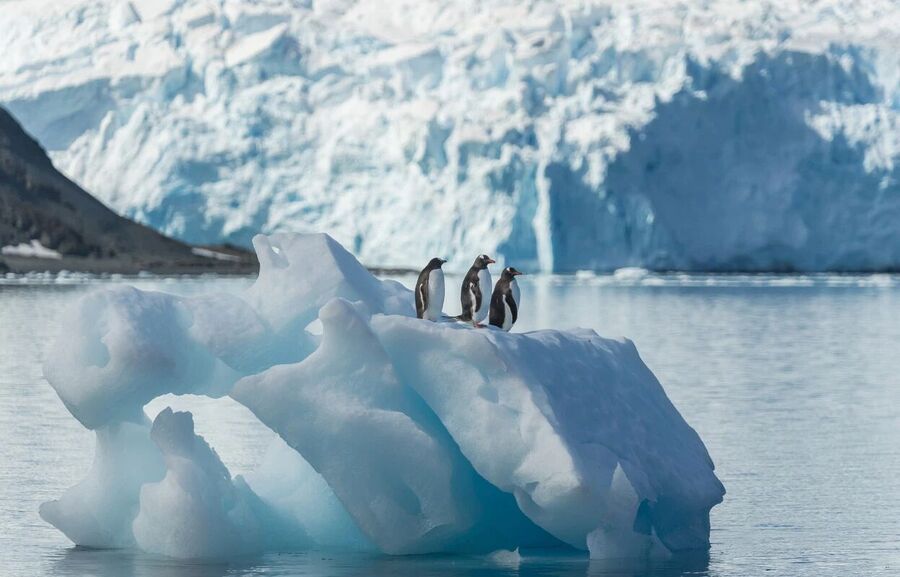
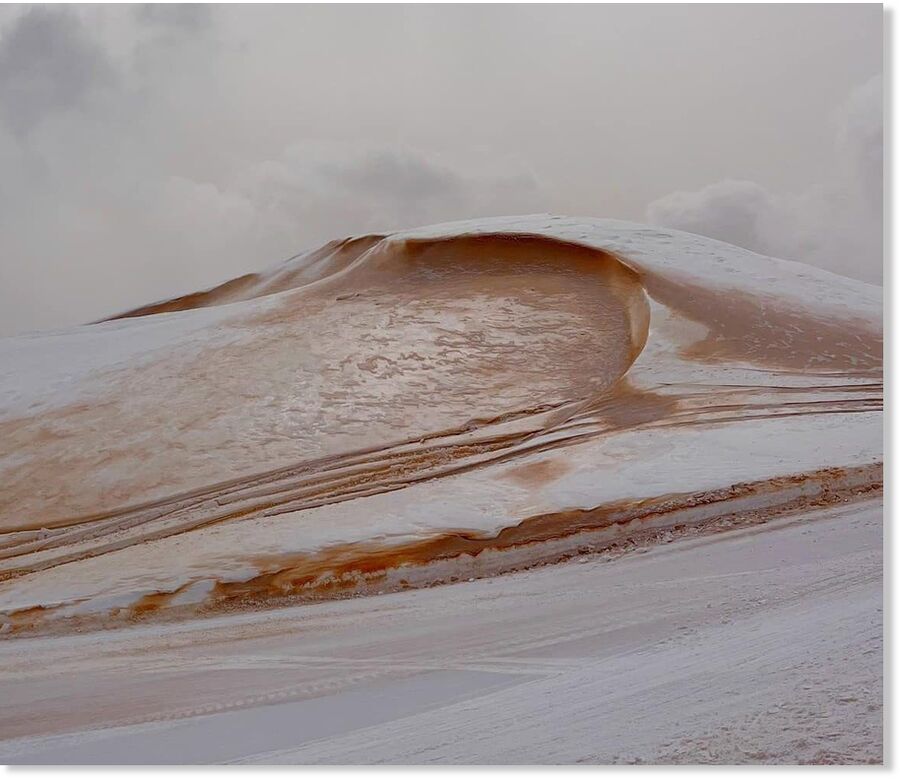
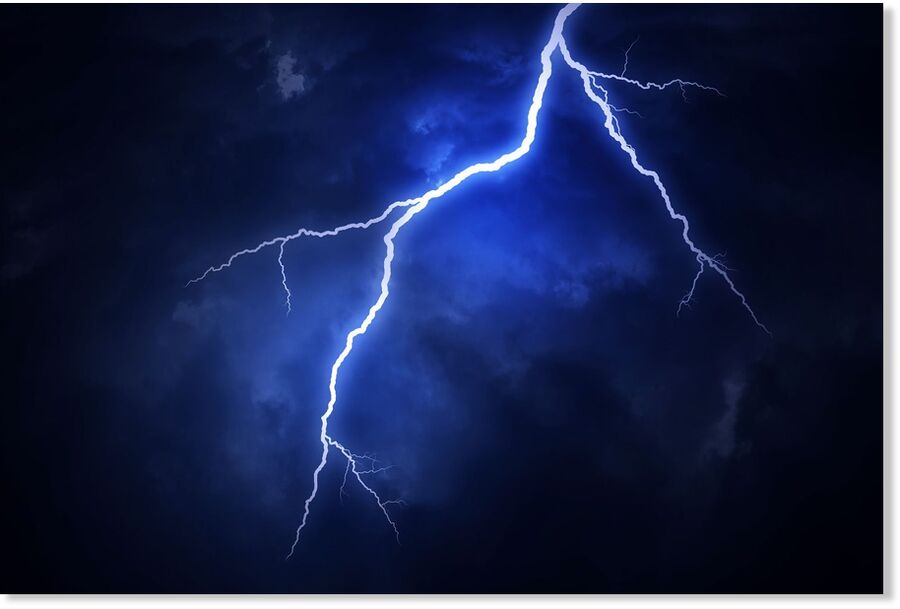

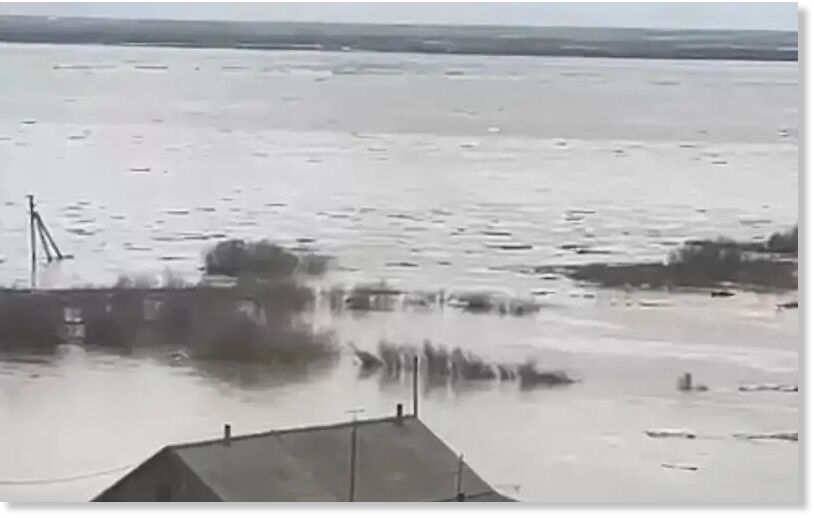
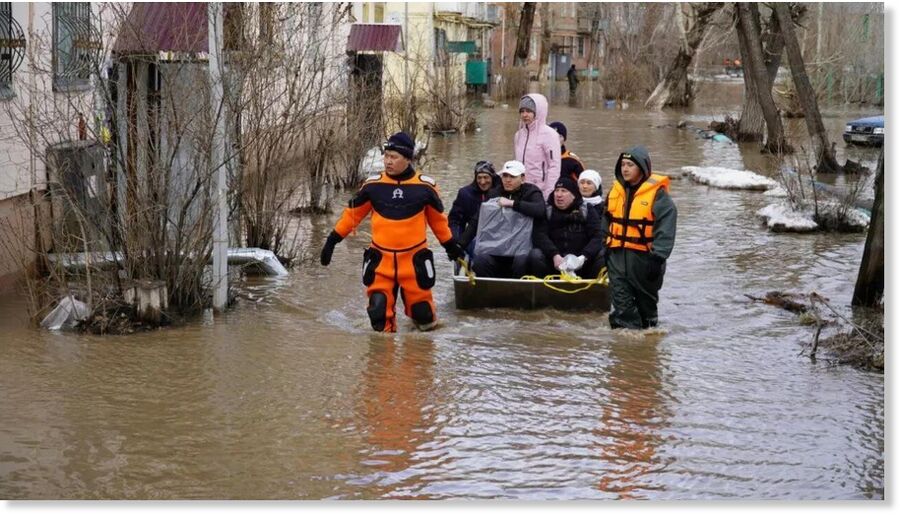
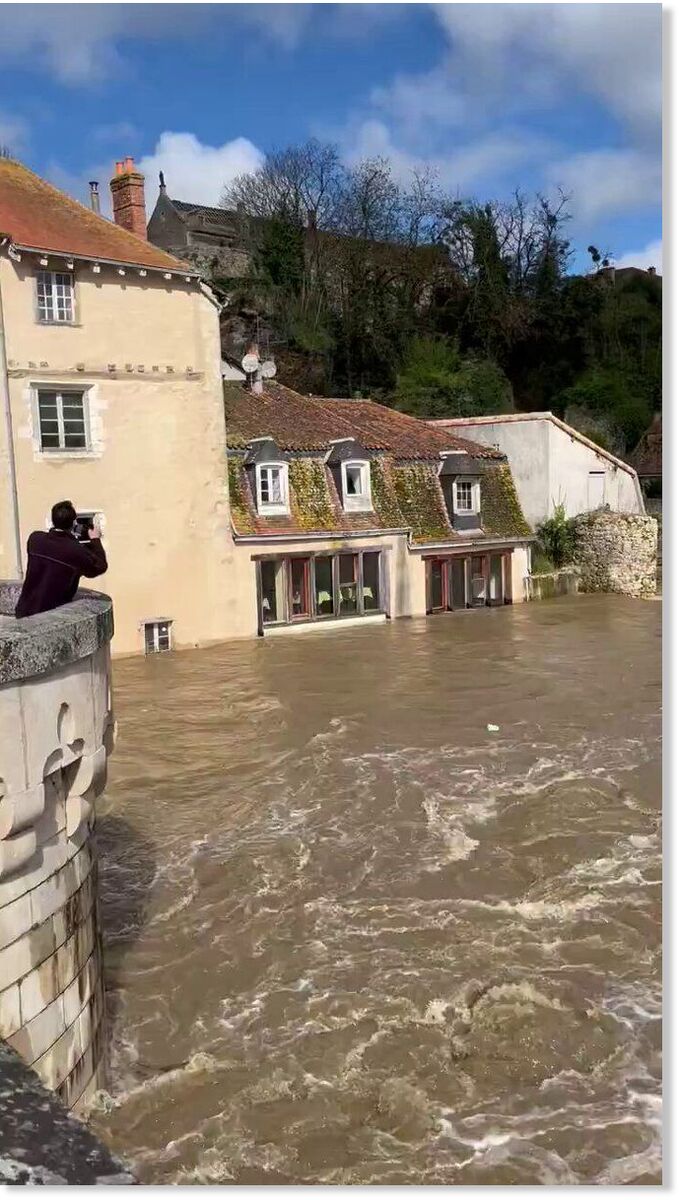
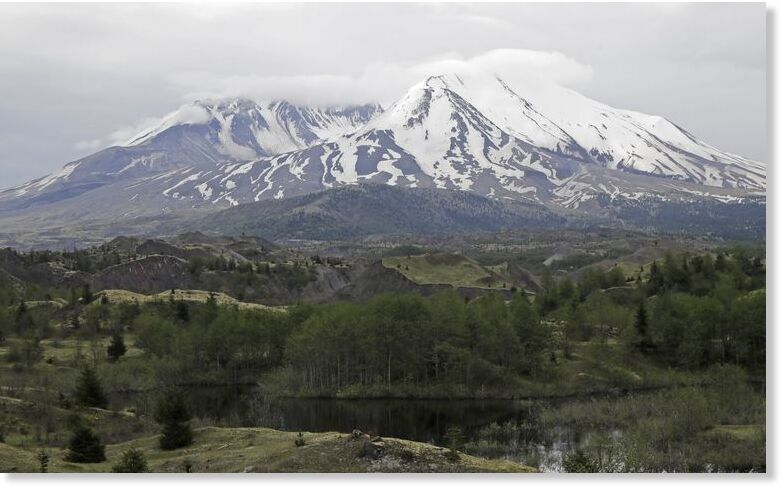



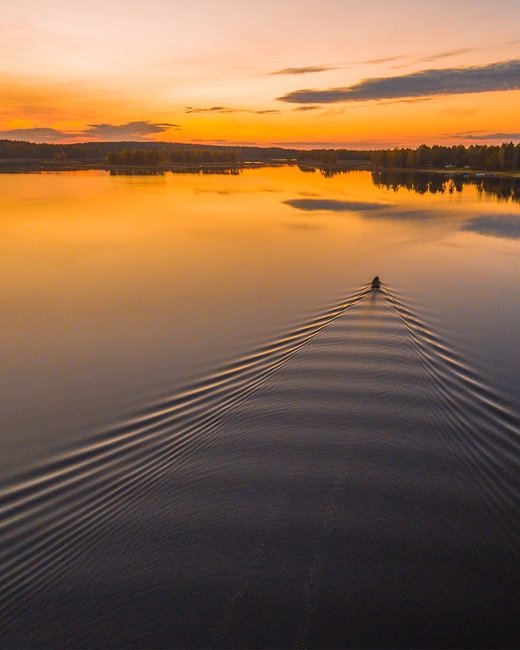
Comment: See also: Severe flooding in Southern California leaves drivers stranded after 2 inches of rain in 1 hour